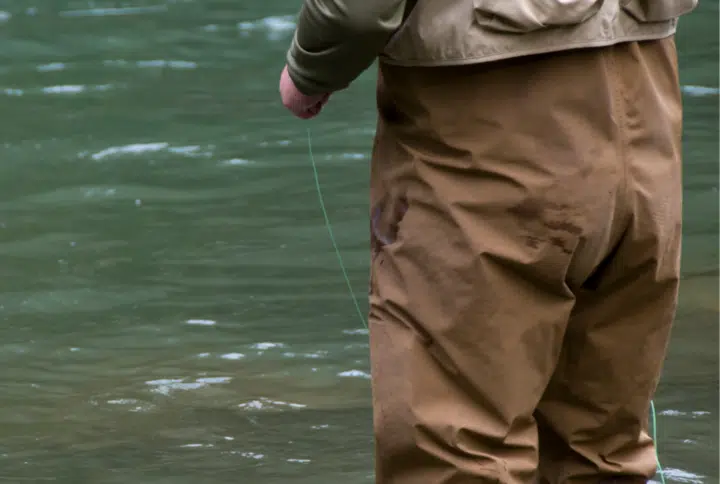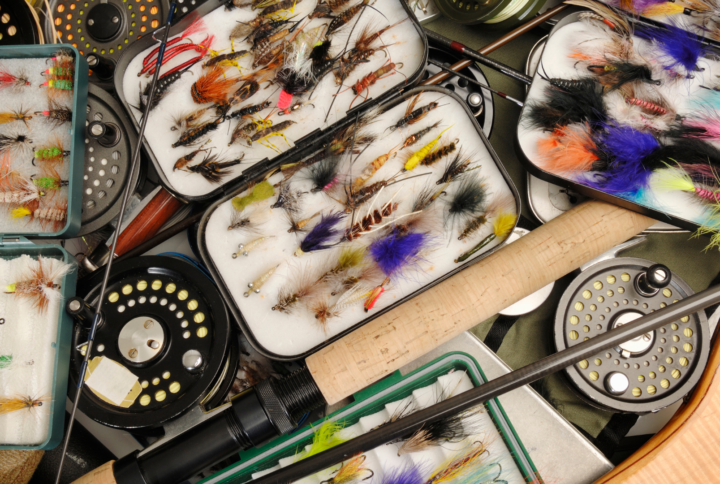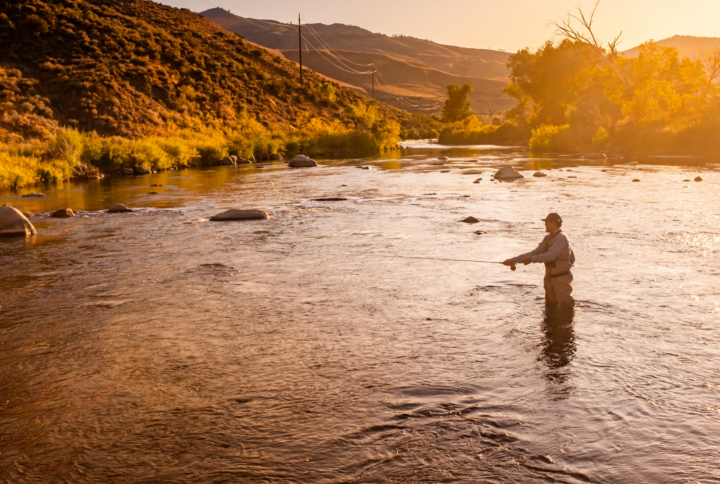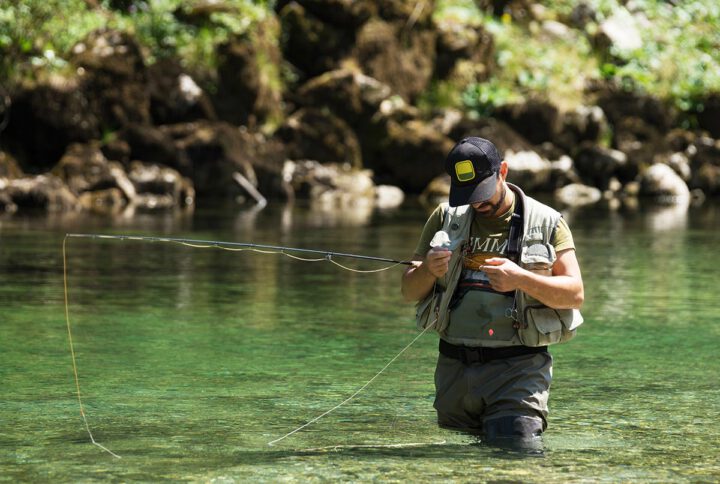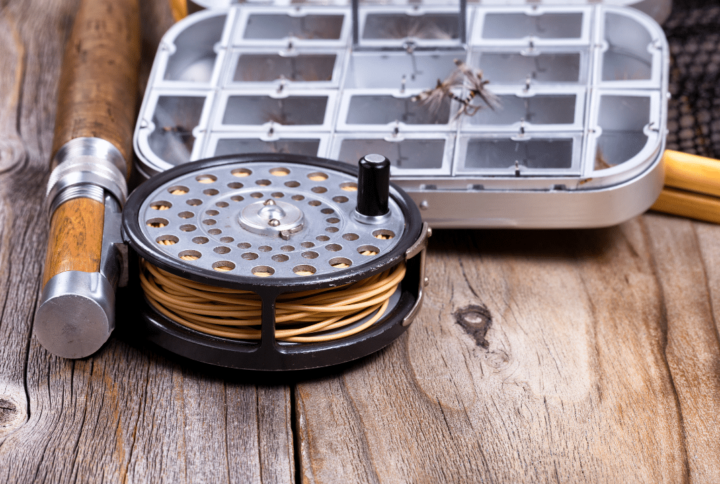Angler's Stream Insights
Current Stream Conditions
Our anglers report live conditions from the water. Check how the streams are flowing and get real-time updates on whether the fish are biting today!
What Flies Are Catching Fish?
Learn which flies are proving successful right now, straight from the anglers who are on the water. Get recommendations on the best patterns and colors that are making the difference.
Where to Cast Your Line
Find the best fishing spots and access points from trusted anglers who know the local waters. Get tips on where to start your next fly fishing adventure!
Latest news
Tying a Pheasant Tail Nymph: Step-by-Step Fly Tying Instructions
Welcome to fly tying: How to tie...
Read MoreGuide To A Euro Nymph Setup: How To, Techniques, and Tips
Euro Nymphing: Setup, Techniques, and Tips A fly...
Read MoreStreamer Fly Fishing: Guide to Catching Big Fish
Fly Fishing With StreamersA thrilling method to...
Read MoreFly Fishing Tippet: Selection, Usage, and Tips
Fly Fishing Tippet: Your Gateway to Mastery Dive...
Read More

